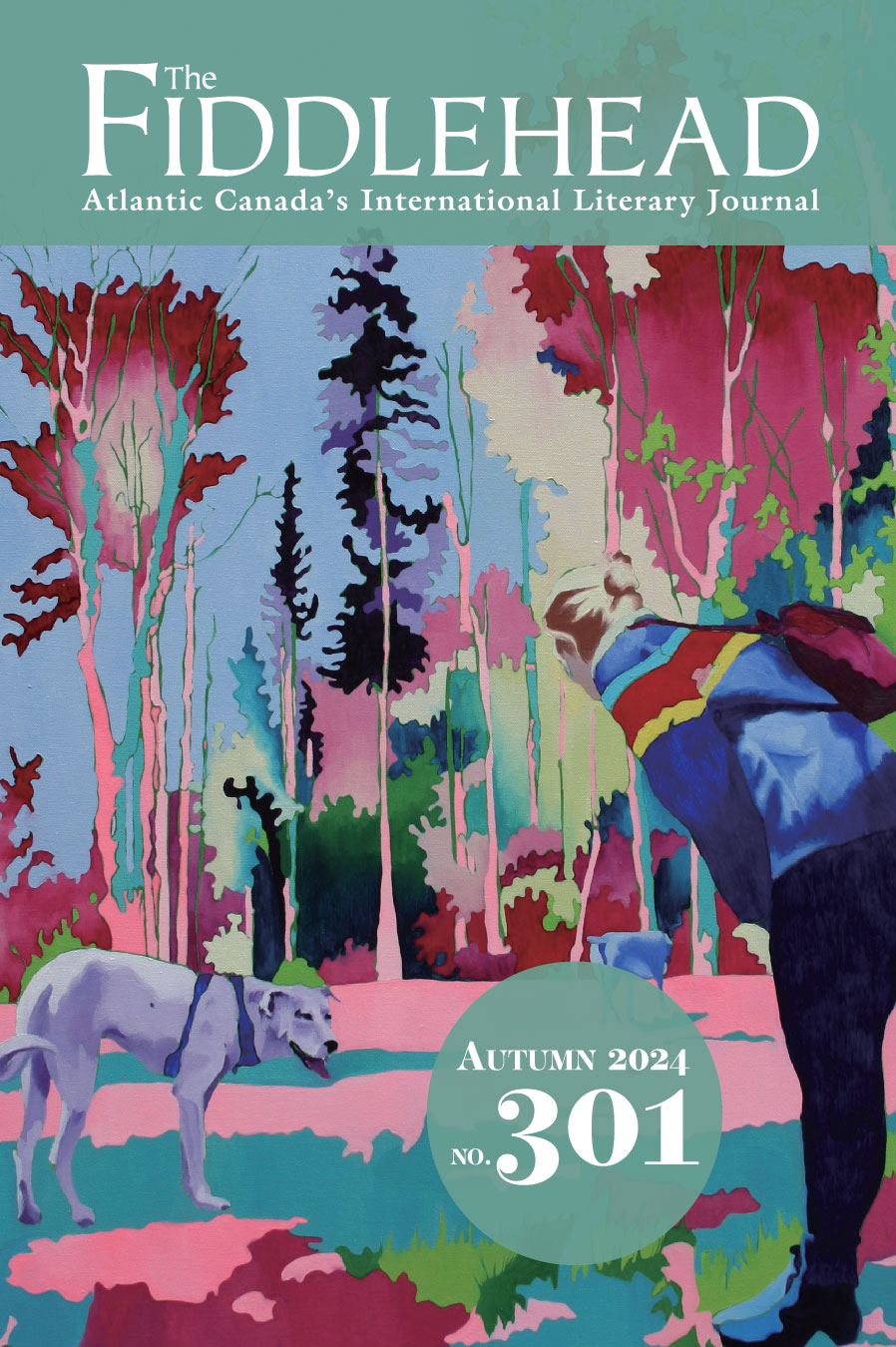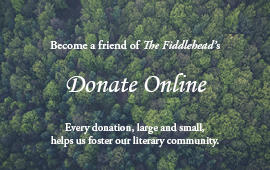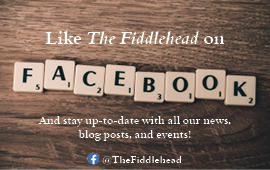
Kaleidoscope: Shifting borders of dream, reality, fictions and memories
A Year of Last Things, Michael Ondaatje. McClelland and Stewart, 2024.
In A Year of Last Things, fragments from the poet’s life, travels, art and literature — including oblique reference to characters and incidents from his own writings — jostle and juxtapose with the heart, wit, and irony we have come to expect from Michael Ondaatje. As a new poetry collection after over a quarter of century since Handwriting (1998), A Year of Last Things may be seen as a finale in which ends are not tied up, but dance together in a mysterious and arresting light where memories, dreams, fictions and realities cross borders over time and landscapes. Having begun his writing career as a poet, it is fitting this Governor General’s Literary Award- and Man Booker-winning author near the end of his career should write a collection of poems that presents a cumulative poetic vision in which the figures from his novels do not so much stand up and bow as appear unannounced in the corners and shadows.
Early in the poems, Ondaatje sets up signposts and scatters images from his poetic vision to alert the reader. Within this metaphoric landscape, we hear that “dictionaries / speak over mountains” and fascinatingly, “root vowels,” “take / an accent at higher altitudes” as they distinguish the speakers who use them, but “[w]herever you turn / definitions push open a door” to understanding, so that the Sanskrit “a n s a,” which refers to a pool before a temple and is defined as “‘the shape of a shoulder blade,’” the poet associates with “the corner of a holy quadrangle” (6,7). A reference to the “precisely named odour of a man / who is a heart-thief” (6) evokes the cinnamon peeler in the poem of that name, and a mention of the speaker’s friend’s family in Warsaw that a German deserter helped escape while they taught him Polish, echoes qualities of the protagonist in The English Patient, and perhaps Ondaatje, himself, as a self-termed “mongrel” emanating from several countries with differing languages. (9)
In the first poem of the collection, “Lock,” the poet conceives of a river of life as characterized by locks, so that where the water level changes, what lies ahead cannot be seen until it is reached. Reflecting on where his passions and affections lie, the speaker “wishes to die with his clothes / full of torn-free stanzas” and the “telephone numbers / of his children in far cities.”(3) Objects in the poet’s world are valued for what they are humanly worth, so neither “the brag of career” nor “ownership” carry weight, though a “silver bowl” that may be used “to beg” and a dog with “a howl to scent a friend” transcend their material nature. Just as a lock, in altering the water table in a river, changes perception of the scenery ahead, so the speaker positioned at this point on the metaphoric river finds no one familiar but instead a stranger to whom he offers “wine” in a “tin cup.”
In an impulse to plumb the depths of the river, the speaker yearns to penetrate an unknown element and, with the incongruous detail, “barefoot” — as if not swimming but walking under the water — we are reminded how it is impossible to continue in human physical form beyond this existence, leaving what lies there “a further story.”
In the title poem, “Last Things,” Ondaatje pokes playful fun at Dante — no doubt an influence for Ondaatje with his dreamlike poetic vision peopled by the past — while he pictures the medieval Italian poet sitting in a piazza, with “one hand holding a book,” and “his nose a dagger / in the blackness” of evening. The whimsicality and plasticity of imagination are dramatized as the speaker presents a phantasmal vision in which “Dante’s body is a falling animal”:
In this surreal tableau, Ondaatje suggests the piecemeal transformation of art, perhaps including a metamorphosis inside the mind of the viewer as preview to understanding a “finished book.” Here the curious nature of creation is presented in terms that turn it into a disembodied universal: an artwork removed not only from its creator but also from real-life individuals.
Poems and writings around travel and literature figure in a number of the poems, including “A Night Radio Station in Koprivshtitsa” in which Bulgaria, California and a less exotic Heisler, Alberta, find their way. We learn techniques to paint an icon, using “[c]ountry eggs in tempera to depict warriors” and “[c] ity eggs to glisten the serene pale/ faces of women in court,” and, in an ironic shift, “the imprisoned” (21). “Holy faces are rarely in profile” whereas, more enigmatically, “Judas is always turning away” (24). In another artistic schema, we are tantalized by the story of the three poets who each suffer from a deficiency but who together share a depth of field of three eyes, where despite each artist having a personal deficiency, together they exceed normal vision. “One owned a past with the wrong measure of dynamite, another a leaping toofriendly dog, the third a mistaken medicine.” Here, the reader may assess the personalities of the three poets as something like (1) daredevil, (2) driven by affection, or (3) subject to a fateful mistake (27), recognizing a coda for several of Ondaatje’s heroes, ranging from Kip to Caravaggio and the English Patient.
Looking into the strangeness and familiarity of characters [from the poet’s experience and creation] focusses the meditatively nostalgic “The Geography Sixth.” “In retrospect we were only discovering ourselves,” the speaker remarks about his schoolmates’ and his own youthful shenanigans, when we “slipped from school into a dark field” and “drank from a bottle, rode a loose horse, and were thrown” (64). But even here, the past during a modified Rapunzellike incident in which a Chinese “composer’s only daughter” is hauled up on a rope to a second-floor dormitory window is transmogrified as it melds in the poet’s mind with a later viewed scene from a Fragonard painting in the Wallace Collection. Also, the duplicity of some of the boys is confused with traits belonging to several writers, including Hardy, Stendhal and the character Julien in The Red and the Black. Aware of the tenuous border between life and literature, Ondaatje concludes, “Youth never remains a sentence,” but instead is shaped from a “fragment to become assured though / more damaged, revealed but better hidden” (65). In “Winchester House,” Ondaatje recounts his early childhood experience at a boys’ boarding school with a sadistic schoolmaster who relished caning the boys for minor infractions and describes a rebel notorious for flouting the rules and getting caught — a boy evidently admired by Ondaaje who would later be shaped to fit the character of Skanda, the fictional doctor in Anil’s Ghost.
In the penultimate lyrical poem “Estuaries,” Ondaatje writes about life in terms of art so that even as life is considered the source for art, life itself may be shaped by literature. Just as desert explorers are seen to alter maps during dreams so they “might find that simpler, less complex route to Basra” (100), so also “[w]e might forget our destination and have to recall how to get there by following a person we had invented” (102). Although art sometimes intensifies the experience of life, there are also instances where “absent-minded history” leaves something unsaid, as in the case of Piero Della Francesco whose life is “hidden by his paintings” and also in the case of Ondaatje’s childhood ayah, Rosalin Perera, who lies in “the quiet grave” “on a distant hill”:
In “Talking in a River,” an address to a loved one that is overheard by the reader, speaks about the river’s changes during their stay apart even as that symbolic river presides over the nature of time and remains a physical landmark. The speaker confides that “[t]he past [is] more distant, / more alive” (105), and conjures in his memory (or imagination) a lover whom he met by the river’s side and how he remains “still envious of himself at that time” (106).
A Year of Last Things is a skillfully wrought collection that brings together themes and characters from all of Ondaatje’s world in a poetic vision that engages our perception of what it is to be human in the context of time, where the borders of art and literature and life influence each other.
— gillian harding-russell is a poet, editor, and reviewer whose most recent work is the chapbook Megrim (The Alfred Gustav Press, 2021).










